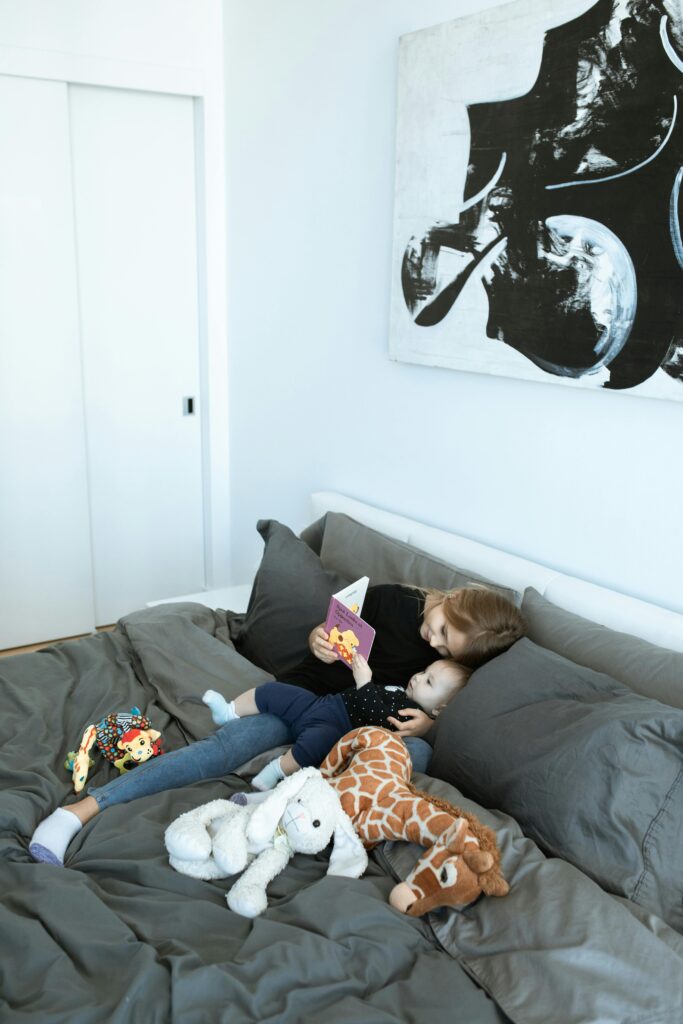Home education isn’t all sunshine and rainbows. Some days it’s more like a rollercoaster. One minute your child’s breezing through a new topic, and the next, they’re in full meltdown mode over a single math problem. If you’ve ever felt your patience fraying while trying to home educate your little ones, you’re in good company. But here’s a simple, fun tool to keep things under control: safe words in home education.
Imagine this: your 9-year-old is struggling with fractions, and their frustration starts building. Before they go full meltdown mode, you casually say, “Pineapple!” Sounds silly, right? But that’s the beauty of it. A safe word like “pineapple” can cut through the tension, letting everyone pause and reset.
So how do safe words work in home education, and how can they help keep your lessons fun, calm, and focused? Let’s dive into it.
Why Safe Words in Home Education Work
First things first: why a safe word? When you’re home educating, there’s always the chance that emotions will run wild, whether it’s from a tricky subject or just the pressure of getting everything right. Safe words provide an easy way for both parents and kids to say, “I need a moment.” The beauty of them is that they don’t carry any negative connotations. It’s not a timeout; it’s a gentle pause.
Imagine your child, sitting at their desk, slowly losing their mind over a difficult concept. Instead of snapping, you can simply say, “Pineapple,” and everyone knows it’s time for a breather. It’s like hitting the reset button without the drama. It’s also a great way to teach kids how to manage their emotions, giving them a tool they can use later in life when stress hits.
How to Use Safe Words in Home Education
Here’s how to implement this fun yet effective tool in your home education routine:
Pick a Fun Safe Word
Choose a word that’s easy to remember, but also a bit playful. You could go with “pineapple,” “unicorn,” or something quirky that makes you both giggle. Make sure it’s something everyone can associate with relaxation and a calm moment. “Banana” works well, too! Just keep it light-hearted so it doesn’t feel heavy.
Set Clear Expectations
Explain to your kids that the safe word isn’t an escape route; it’s a way to reset when things get overwhelming. Let them know it’s OK to call a timeout when they feel frustrated, whether it’s about their schoolwork or just life in general. This isn’t about avoiding responsibility; it’s about learning how to take a breather when needed.
Create a Routine Around the Safe Word
When the safe word is used, it’s time to take a break. Here’s an example of a simple routine you can create:
•When “pineapple” is called, everyone stands up, takes a deep breath, and stretches.
•Then, take a 5-minute break. Maybe do something fun like a quick game or a funny dance-off to lighten the mood.
•After the break, everyone returns to the task with a refreshed mindset.
Use It for Emotional Regulation
Safe words aren’t just for academic frustration; they can be used when emotions are running high in any part of your day. Let your child know it’s a tool they can use when feeling overwhelmed. If they’re feeling anxious, angry, or upset, the safe word can signal that it’s time for a reset.
By building this into your routine, you’ll create a more peaceful environment that allows both you and your children to breathe through difficult moments.
Safe words in home education are more than just a fun tool, they’re a way to create a peaceful, stress-free environment that works for both kids and parents. It’s a way to teach emotional regulation, communication, and mindfulness, all while making home education a little less stressful and a lot more fun.
So next time you feel a meltdown coming on, just shout “Pineapple!” and give yourself and your kids the gift of a reset. It’s that simple.
Now, who’s up for some more home education adventures?


